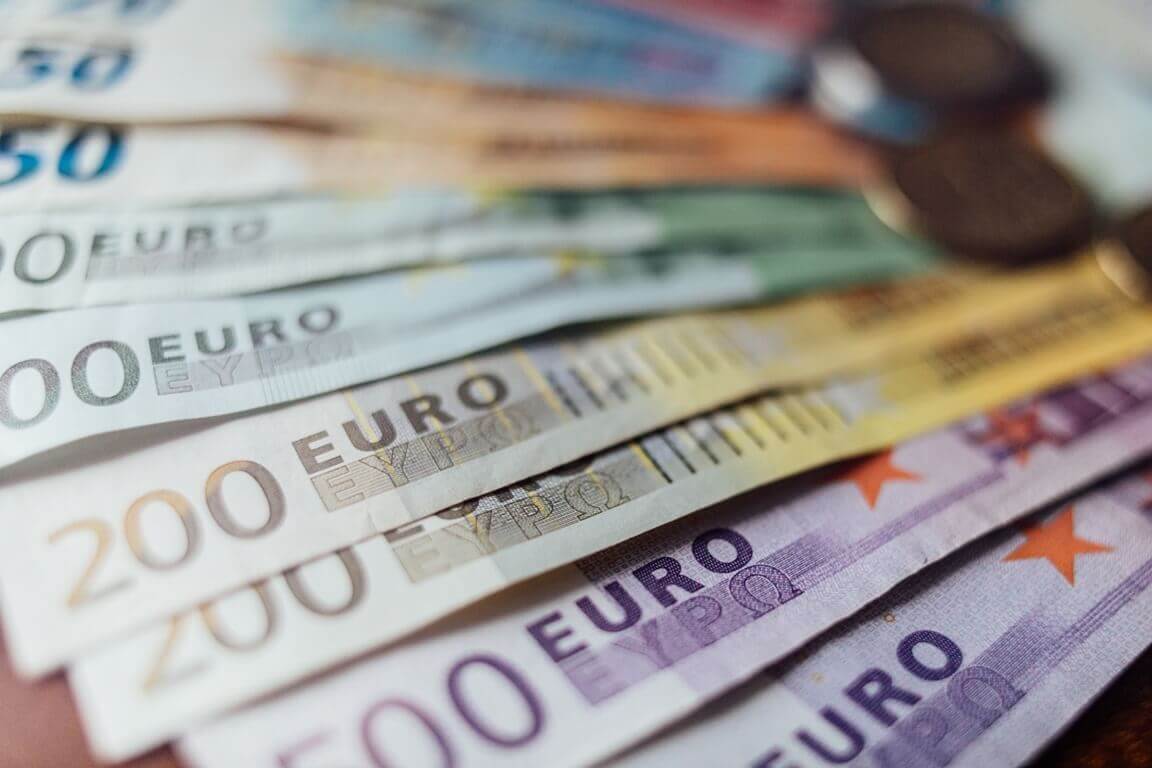The U.S. dollar continued lowering for a fourth straight day on Friday. It reached its lowest level in more than two months today. Traders think that most of the market has already priced in the recent hawkishness from the U.S. central bank.
On Friday, the dollar plunged by 0.2% to 94.62 against a basket of the six major currencies, hitting its lowest point since early November. The currency is set to shave off 1.11% on a weekly basis, experiencing its biggest fall since December 2020. During the previous session, the greenback tumbled below a 100-day moving average for the first time since June 2021.
Kenneth Broux, an FX strategist at Societe Generale in London, noted that the U.S. economy is currently firing on all cylinders. However, the flattening yield curve and weaker U.S. currency are sending a different message. According to Broux, the correction of the greenback to November lows shows that traders see greater value elsewhere. That’s mostly due to earlier and more aggressive Federal Reserve tightening, embedded in soaring real yields, that threatens to deflate asset valuations and weaken the economy.
In addition, inflation-adjusted 10-year U.S. yields climbed up by 40 bps from the start of 2022, also threatening to undermine a stock market rally while weighing on economic prospects. Investors were wary of adding to long positions, with hedge fund dollar positioning holding close to the highest levels since early 2020. At the same time, terminal U.S. rate pricing is signaling peak rates far below the highs of previous Fed rate cycles at 2%.
What do the other analysts say?
Markets were increasingly worried about the impact of the Fed’s intentions on economic growth, from likely higher interest rates to the tapering and shrinking of the central bank’s balance sheet – noted HSBC strategists. The forex market seems unsure whether this is a good or bad thing for the U.S. dollar.
Against its rivals, the greenback’s losses were most pronounced versus the Chinese yuan and the Japanese yen, against which it plummeted down by 0.3% and 0.4%, respectively.
Thus far, the safe-haven Japanese yen benefited from weakness in global stocks. However, the Bank of Japan is considering how to start telegraphing an eventual rate increase. The same actions have already sent the Australian dollar, and U.S. Treasury yields lower, with the latter weighing on the greenback. In the United States, longer-dated yields have dropped slightly on hawkish comments from Federal Reserve officials about reducing the bank’s balance sheet.
Meanwhile, the euro has rallied by more than 1% for the week thus far. The currency has managed to punch out of a range it has held since late November. As a result, it has skyrocketed to its highest level since November 11 at $1.1483. According to positioning data on trading platform IG, market players were largely neutral when it came to the common currency.
On Friday, the British Pound surged forward as well, despite a political crisis threatening Prime Minister Boris Johnson’s job. The sterling is heading for a fourth straight weekly gain of more than 0.5%. The currency exchanged hands at $1.3730 at last.
How did the EM currencies fare?
The Russian rouble gained 1% on Friday. At the same time, bonds held steady in volatile trading amidst heightened geopolitical tensions. On the other hand, broader emerging markets stocks plummeted down due to hawkish comments from U.S. Federal Reserve.
The broader emerging stocks index seemed set to show its best performance since September this week. Fed Chair Jerome Powell’s comments, along with in-line U.S. inflation data earlier in the week, had tempered hawkish bets supporting it. As a result, the currencies of South Africa and Turkey also gained about 2% during the week.
Asian currencies recovered earlier losses on Friday, with Singapore and Taiwan’s dollars gaining 0.2% each. Mitul Kotecha, a senior EM strategist at TD Securities, stated that more aggressive Fed hikes might have an adverse impact on capital flows to Asia. The tech-heavy Seoul bourse tumbled down by 1.4% after the Bank of Korea increased interest rates back to pre-pandemic levels. Meanwhile, the won traded flat after gaining more than 1% this week.
Wei Liang Chang, a macro strategist at DBS Bank, noted that the won may have dropped due to equity outflows. Chang also added that the hike should cushion the currency against larger losses since rising inflation caused the central bank to hint at more tightening.











